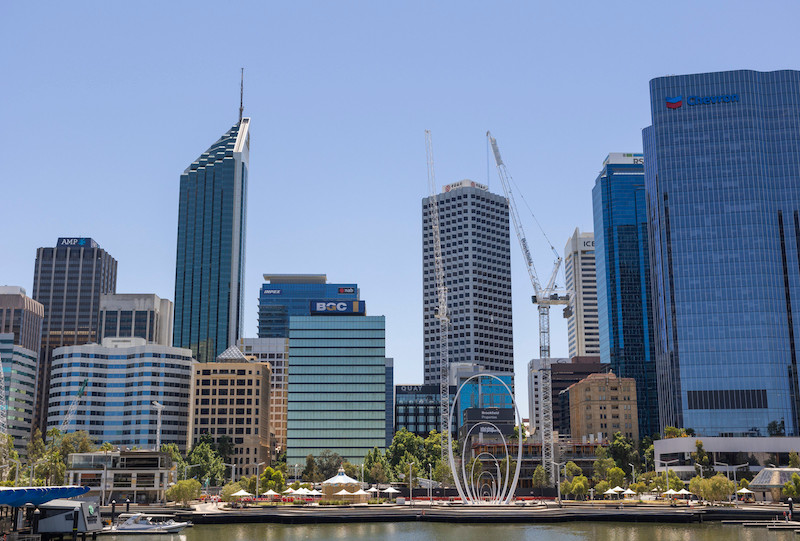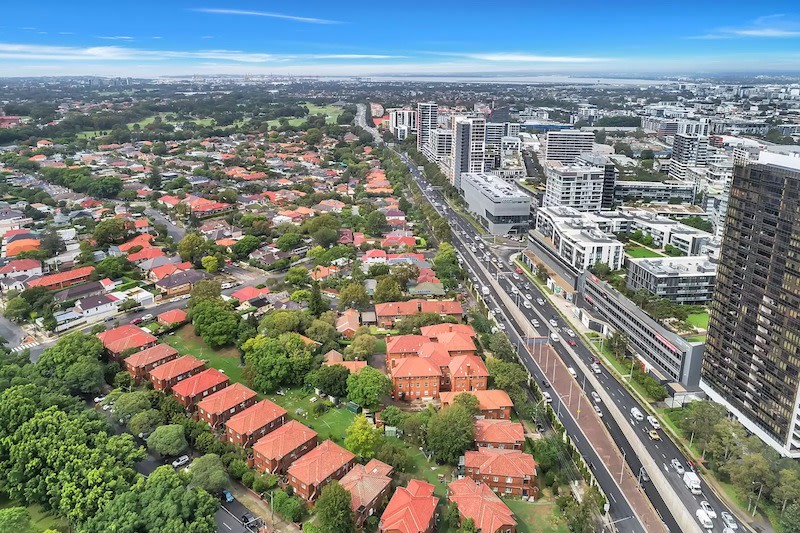The pressure of climbing interest rates, stretched affordability and the “fixed rate cliff” stress-tested the housing market through 2023, however, resilience largely prevailed.
CoreLogic head of research Eliza Owen said home values were broadly resilient under these conditions, however, there were some signs that high housing costs were biting with 2024 expected to be far more subdued for capital growth.
“Housing activity rebounded through early 2023 as buyers took advantage of lower prices, however towards the end of 2023 affordability constraints have become more pressing, skewing demand towards the middle-to-lower end of the pricing spectrum,” Owen said.
“Certainly, lower-priced housing markets such as Perth, Brisbane and Adelaide experienced very resilient conditions through the national downswing period and strong annual growth through to the end of November.”
This is reflected in the Best of the Best results for 2023, which sums up the country’s annual property performance and provides an outlook for the year ahead.
The national top 10 sales for the year featured Sydney’s usual Eastern Suburbs set, Bellevue Hill and Vaucluse, along with Melbourne’s Hawthorn and Toorak, plus Coopers Shoot in the Byron Shire of NSW’s Northern Rivers.
Nationally, Mosman in Sydney’s Lower North Shore recorded the highest total value of house sales for the 12 months to September at $1.462 billion, with total unit sales in Queensland’s Surfers Paradise reaching $1.175 billion.
▲ Perth dominated growth in house values.
Best and worst for value growth
Across the capital city markets, Perth claimed eight of the top 10 spots for strongest growth in house values, with Brookdale, Armadale and Hilbert all up more than 30 per cent annually and median house values sub-$550,000.
For unit markets, Perth, Brisbane and Adelaide took out the top 10 for largest gains, with units in Brisbane’s Slacks Creek surging 27.4 per cent over the year, and seven of the top 10 recording median values under $400,000.
The weakest capital city house suburbs featured Hobart’s upper end, with North Hobart and Taroona down 13.9 per cent and 13.8 per cent respectively, while the top 10 worst performing unit markets were more diverse, spanning Hobart, Darwin, Melbourne and Canberra.
Across regional Australia, NSW’s Tralee was the top-performing house market with 34.2 per cent capital growth, while Queensland’s Emerald had the highest value growth for units at 20.9 per cent.
Rochester (Vic) was the worst-performing house market, with values down 26.0 per cent, while Mudgee (NSW) units recorded value falls of 11.4 per cent during the past year.
▲ Rent growth in Kensington, NSW nudged 25 per cent for the year.
Best performing rental markets
This year was marked by staggering levels of net overseas migration, largely influenced by the disruption that Covid-related border closures had on migration patterns.
Owen said that although this likely added some upwards pressure to home values, the most obvious response in housing metrics was in the rental market.
“Since the re-opening of international borders, strong rent growth was exhibited in markets with historically high exposure to overseas migration, and this is also reflected in the Best of the Best results for 2023,” she said
Nationally, Kensington in Sydney’s Eastern suburbs had the highest house rent growth in the year to November, up 24.9 per cent. In the unit segment, rents at Lakemba in Sydney’s Inner South-West soared 28.1 per cent, closely followed by Wiley Park up 28.0 per cent.
WA’s Kambalda East (15.5 per cent) and Boulder (12 per cent) recorded the highest gross rental yields nationally for houses and units respectively.
Outlook for 2024
Looking ahead, Owen said recent deterioration in a range of market metrics were pointing towards a more subdued residential housing market in 2024.
“We’ve seen the pace of capital growth ease gradually from June and most notably through November,” she said.
“Transaction volumes nationally have declined an estimated 1.7 per cent over November as well, which is unusual given sales volumes typically increase from October to November.
“These have coincided with a decline in the combined capitals clearance rate since June, which averaged just 61.7 per cent through November.
“The RBA is forecasting a rise in the unemployment rate, we’re seeing a subdued pace of growth for GDP, slowing growth in disposable household income and the lowest household saving rate since the GFC at just 1.1 per cent. Combined with an expectation that interest rates could hold higher for longer, households are likely to see their budgets further stretched, and more households may fall into acute financial stress.”












